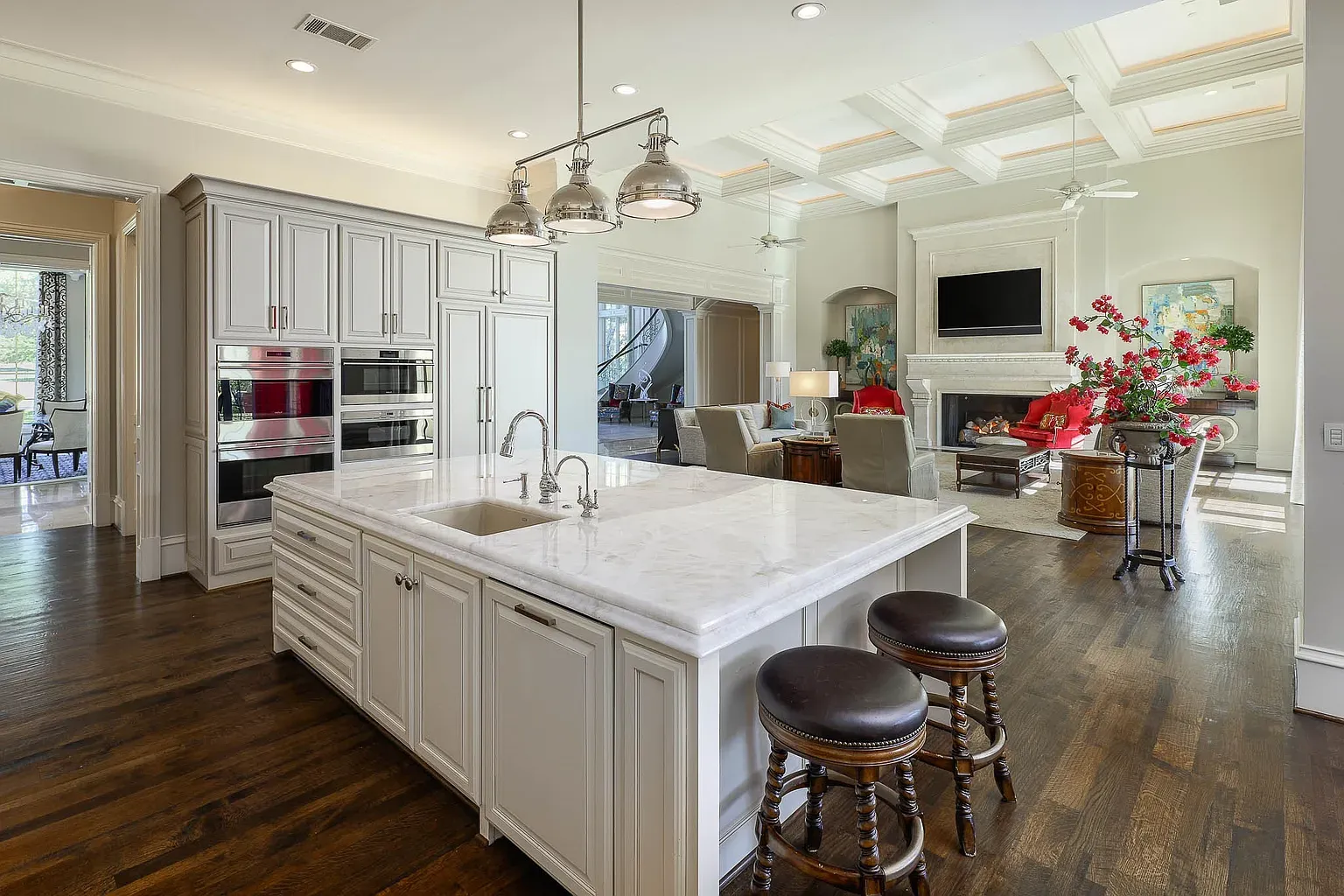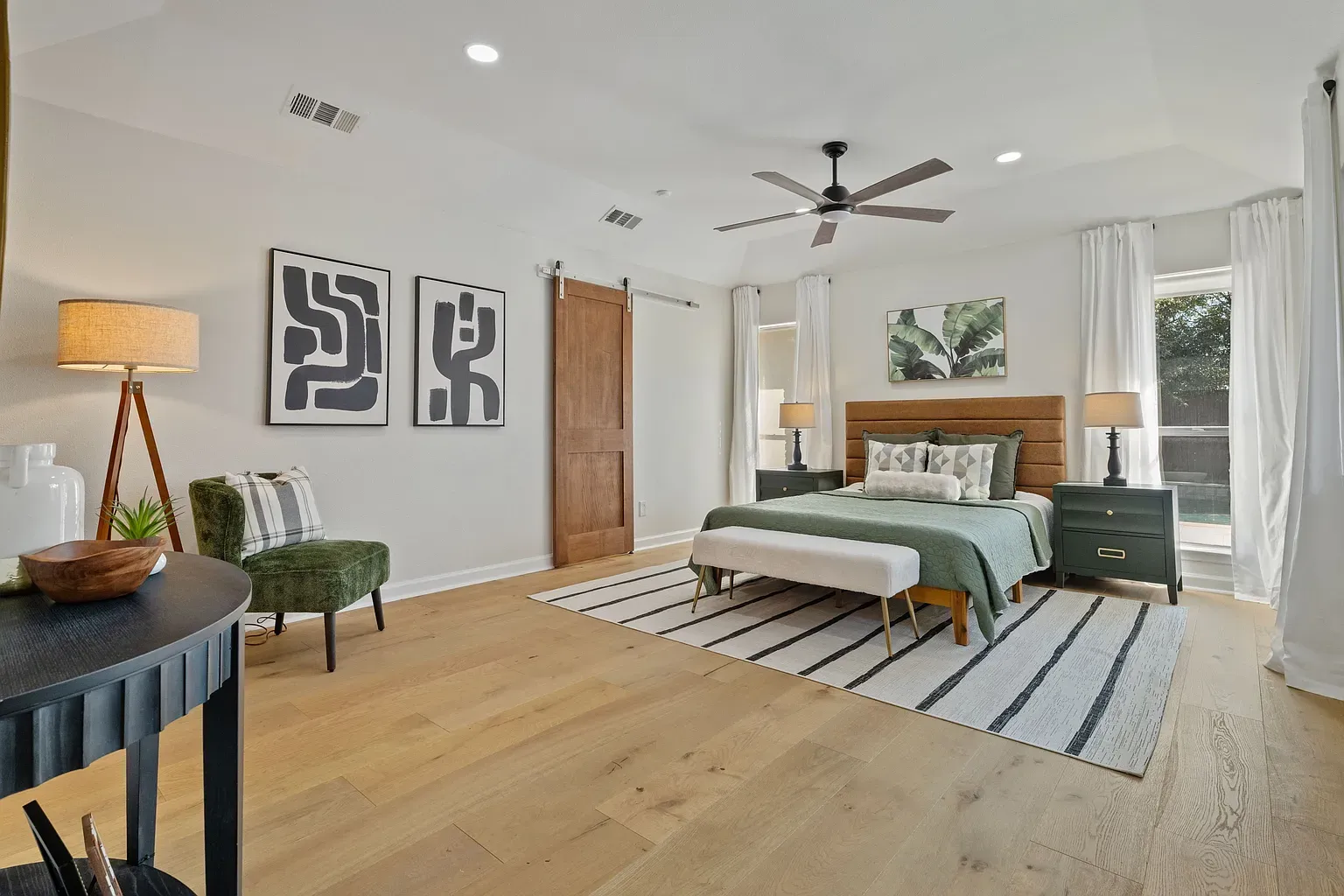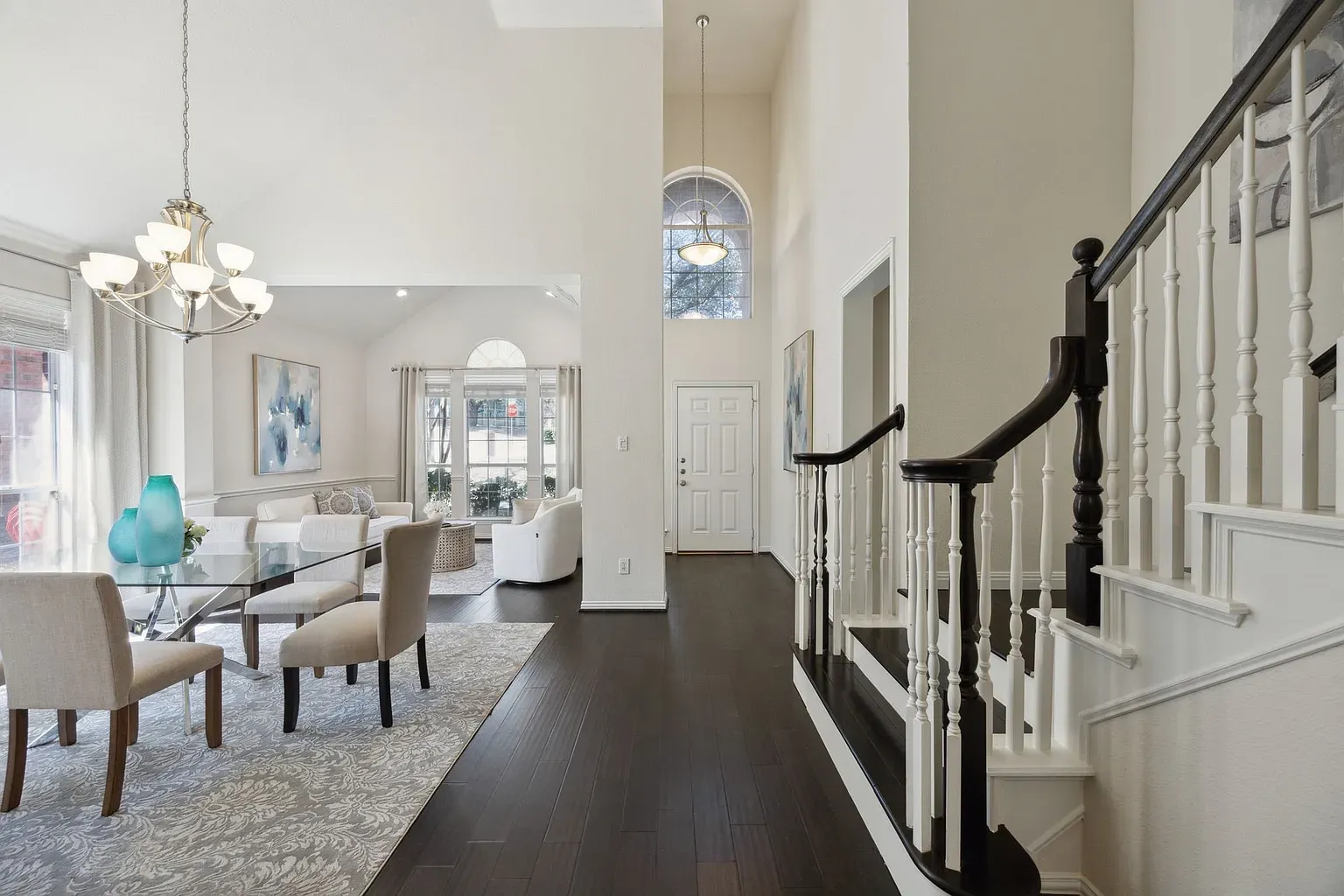There’s nothing quite like the warmth and character of a hardwood floor. The natural beauty, the durability, the way it transforms a space—it’s no wonder wooden flooring remains a top choice for homeowners. But even the most stunning hardwood installation can lose its charm when every step is accompanied by an annoying creak or squeak.
At 123 Remodeling TX, we’ve seen countless homeowners frustrated by noisy floors that developed over time. The good news? With the right materials, installation methods, and maintenance, you can enjoy beautiful wooden floors that remain silent underfoot for decades.
Why Wood Floors Squeak?
Before solving a problem, you need to understand its cause. Wood floor squeaks typically occur when two wood components rub against each other. This usually happens when the subfloor separates slightly from the floor joists beneath it, or when the hardwood planks rub against the subfloor or against each other. As you walk across the floor, your weight creates movement, causing these components to rub and create that familiar squeaking sound.
Several factors contribute to this problem:
- Seasonal humidity changes causing wood expansion and contraction
- Inadequate subflooring material or thickness
- Improper installation techniques
- House settling over time
- Joists that have warped or twisted

Expert Tip: “Many homeowners don’t realize that wood acclimatization is crucial before installation. We always store the wood in the home for at least 5-7 days before installing it. This allows the moisture content of the wood to adjust to the home’s normal living conditions, reducing the risk of expansion issues later. Floors may start squeaking within month when this step is skipped!” - Meir Lavi, Operations Manager at 123 Remodeling TX
Choosing Woods That Stand the Test of Time
Not all wood species are created equal when it comes to dimensional stability—the property that helps prevent expansion, contraction, and ultimately, squeaking.
Hardness and Stability Champions
Harder woods generally perform better over time, with less likelihood of developing squeaks. According to the Janka hardness scale (which measures the resistance of wood to denting and wear):
- Brazilian Walnut (Ipe): With a rating of 3,680, this incredibly dense hardwood is nearly impossible to dent and maintains its shape exceptionally well.
- Hard Maple: At 1,450 on the Janka scale, maple provides excellent durability and stability.
- White Oak: With a 1,360 rating, it’s a classic choice that remains stable in varying humidity conditions.
- Hickory: Rating 1,820, hickory is among the most durable domestic hardwoods and maintains its structural integrity for decades.
Engineered vs. Solid Hardwood
While solid hardwood has tremendous appeal, engineered hardwood often performs better at preventing squeaks over time. The cross-layered construction of engineered products like those from Mirage, Armstrong, or Shaw provides dimensional stability that resists the expansion and contraction cycles that can lead to squeaking.

Expert Tip: “If you’re installing in areas with significant humidity fluctuations or over concrete slabs, consider quarter-sawn or rift-sawn wood rather than plain-sawn. The way these boards are cut makes them much more dimensionally stable—they expand and contract about 50% less than plain-sawn boards. This significantly reduces the likelihood of developing squeaks over time, though it typically comes with a 15-25% price premium.” - Susan Podowski, Interior Designer at 123 Remodeling TX
Foundation Matters: Subfloor Preparation and Installation
The silent hero of squeak-free flooring is proper subfloor preparation and installation. This is often where corners get cut, leading to problems down the road.
Subfloor Requirements
- Plywood vs. OSB: High-quality 3/4” tongue-and-groove plywood subfloors generally outperform oriented strand board (OSB) for preventing squeaks, though premium OSB products like AdvanTech by Huber have made significant improvements.
- Moisture Barriers: Products like Aquabar or 15 lb. felt paper create essential moisture barriers between the subfloor and hardwood.
- Levelness: The subfloor must be level within 3/16” over a 10-foot span to prevent movement and future squeaking.
Fastening Systems That Last
The right fasteners make all the difference:
- Screws vs. Nails: Screws holding the subfloor to joists are less likely to work loose over time compared to nails.
- Fastening Patterns: Properly spaced fasteners (typically 6” along the edges and 8” in the field for subflooring) prevent movement.
- Specialized Systems: Products like the Squeek No More kit by O’Berry Enterprises use specially designed screws that break off below the surface, allowing repairs without visible fasteners.

Expert Tip: “One technique we’ve adopted on all our premium installations is using construction adhesive like Liquid Nails Subfloor & Deck between the subfloor and joists in addition to mechanical fasteners. This creates a bond that virtually eliminates the possibility of separation over time, dramatically reducing the chance of squeaks developing. It adds about $150-200 in materials to a typical installation but saves thousands in potential repairs.” - Meir Lavi, Operations Manager at 123 Remodeling TX
Installation Methods That Ensure Silence
The installation method significantly impacts how your floor will perform over decades of use.
Nail-Down vs. Glue-Down vs. Floating
Each installation method has pros and cons for squeak prevention:
- Nail-Down: Traditional but requires proper technique; cleats are generally better than staples for reducing squeaks.
- Glue-Down: Creates a solid bond with the subfloor that virtually eliminates squeaking; products like Bostik’s Best or Sika T35 provide superior performance.
- Floating: Engineered floors installed without fasteners rely on proper underlayment like Quietwalk Plus to prevent movement and noise.
Expansion Gaps and Transition Points
Proper expansion gaps (typically 1/2” around the perimeter) allow natural wood movement without creating pressure points that can cause squeaking. Additionally, transition pieces at doorways and between rooms accommodate differential movement.

Expert Tip: “I recommend the Wakol MS 260 adhesive system for high-end installations. It’s more expensive than standard adhesives, but it creates an elastic bond that allows for natural wood movement while maintaining adhesion. This dramatically reduces the likelihood of squeaking in glue-down installations, even in environments with significant humidity fluctuations. We’ve used it for over five years with zero callback issues related to floor noise.” - Susan Podowski, Interior Designer at 123 Remodeling TX
Maintaining Silent Floors: Preventative Care
Once you have a quality wooden floor installed properly, maintaining its squeak-free performance requires attention to environmental factors.
Humidity Control
Wood flooring performs best when relative humidity stays between 35-55%. Consider these solutions:
- Whole-house humidifiers for winter months (especially in drier climates)
- Dehumidifiers for summer in humid regions
- Smart humidity monitoring systems like AcuRite or Govee that alert you to concerning levels
Structural Maintenance
- Periodically inspect and tighten any visible fasteners in the subfloor (accessible from basements or crawl spaces)
- Address foundation issues promptly, as settling can create new pressure points
- Consider professional floor maintenance every 3-5 years to address potential issues before they become problematic
Expert Tip: “One overlooked aspect of maintaining squeak-free floors is keeping consistent humidity levels year-round. I recommend installing a smart thermostat system like the Ecobee with humidity sensors in multiple rooms. You can set alerts if humidity falls outside the ideal range for your flooring. This simple $300 investment can prevent thousands in potential damage and keep your floors quiet for decades.” - Meir Lavi, Operations Manager at 123 Remodeling TX
Remedies for Already Squeaky Floors
If you’re dealing with existing squeaks, several solutions can help without requiring complete floor replacement:
From Below (If Accessible)
- Shims between joists and subfloor to eliminate gaps
- Construction adhesive injected into problem areas
- Specialized bracket systems like Squeak-Ender that pull the subfloor tight to joists
From Above (Through the Finished Floor)
- Counter-snap screw systems like Squeeeeek No More that allow you to secure the floor from above
- Lubricants like powdered graphite for minor squeaks caused by boards rubbing together
- Professional floor refinishing that includes addressing fastening issues

Expert Tip: “For existing squeaky floors, I’ve had excellent results using the Squeak-No-More Pro kit combined with injecting wood glue into the tongue-and-groove connections using a specialized syringe applicator. The key is identifying exactly where the movement is occurring. We use a thermal camera to detect subtle differences in surface temperature that often indicate loose areas. This technique has about a 90% success rate without having to remove any flooring.” - Kamil, Contractor at 123 Remodeling TX
Investing in Silence: The Value Proposition
Quality wooden flooring that remains squeak-free for decades represents significant value. While premium materials and installation might add 15-30% to your initial project cost, this investment typically pays dividends through:
- Elimination of costly repairs or early replacement
- Enhanced home value (70-80% ROI on quality hardwood flooring)
- Improved quality of life without the constant reminder of installation shortcuts
At 123 Remodeling TX, we’ve found that clients who invest in premium flooring solutions from the start never regret the decision. The choice is clear: investing in quality materials, proper installation techniques, and ongoing maintenance creates wooden floors that not only look beautiful but perform silently for generations.
